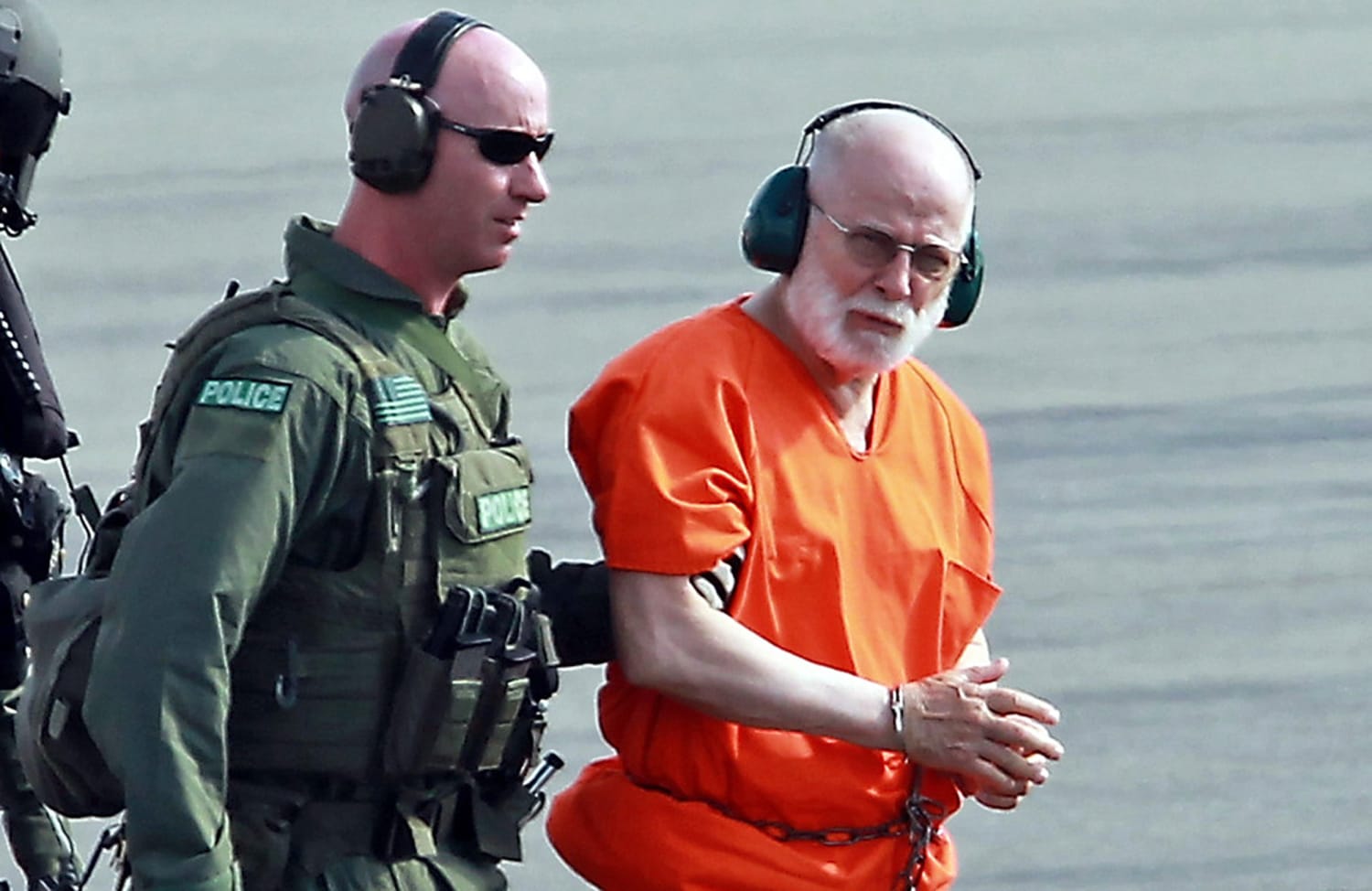Inmates at a West Virginia prison were taking bets on how long mob boss James “Whitey” Bulger would survive after his transfer there, but key federal prison officials were oblivious to the threat to his life, according to a Justice Department watchdog report released Wednesday that identified a cascade of shocking failures leading up to his killing in 2018.
The Justice Department inspector general’s report did not establish that any Federal Bureau of Prisons employees acted with malicious intent or improper motive, but the investigation found that a manager at USP Hazelton, a high-security penitentiary, specifically requested that Bulger be transferred to his unit even though he knew there was at least one other former organized crime figure housed there.
The manager told investigators that he was not aware of any concerns or threats against Bulger, while inmates later told prison officials “everyone knew” Bulger would be killed because he was a “rat,” the report says.
A longtime Boston organized crime figure who lived as a fugitive from 1994 until his capture in 2011, Bulger was found beaten to death inside his cell on the morning of Oct. 30, 2018.
Three inmates, including a former mafia hitman, have been charged in the slaying. But questions have lingered for years over why Bulger, 89 and ailing, was transferred to one of the most violent prisons in the nation and placed in a general population unit that housed other gangsters. It was widely known that Bulger for years was an FBI informant. (Bulger strongly denied ever being a government informant.)

The inspector general’s report doesn’t fully answer that question, but says prison officials settled on Hazelton because it was closer to Bulger’s family in Boston, had good medical facilities and it “took good care of inmates.”
The facility was, in fact, known as “Misery Mountain” and had been the site of two inmate killings in the previous six months.
After his capture in California, the Boston crime boss was convicted and sentenced to life in prison for 11 murders and other crimes carried out mostly in the 1970s and 1980s, including during the time he was acting as an FBI informant. His FBI handler was convicted of racketeering and murder and sentenced to a decade in prison.
Bulger was killed less than 12 hours after he arrived at Hazelton. One of the suspects, Sean McKinnon, told NBC News in September that inmates had been tipped off in advance of his arrival — a claim backed up by federal prosecutors.
The inspector general’s report offers even more detail, saying that more than 100 Bureau of Prisons employees were aware of the impending transfer and that it was widely known among inmates at the prison. The inspector general found that prison officers spoke openly about Bulger’s anticipated arrival around inmates, in violation of policy.
Bulger was previously held at a prison in Florida known as a safe place for government informants and other marked men in the federal prison system. The report says Bulger’s transfer was set in motion when he allegedly threatened a nurse.
But, by then, he was using a wheelchair to get around and dealing with heart problems and other health issues. Elderly, ailing inmates are often transferred to a prison medical center.
Bulger had a heart condition and should have been sent to a prison with special medical facilities, the inspector general found. But officials at the Florida prison, backed by the Bureau of Prisons medical director, downgraded his health assessment, paving the way for the transfer to Hazelton.
“Our investigation revealed serious BOP staff and management performance failures at multiple levels; bureaucratic incompetence; and flawed, confusing and insufficient BOP policies and procedures,” Justice Department Inspector General Michael Horowitz said in a video statement.
Horowitz’s investigation was not a criminal probe. The FBI is conducting a separate criminal probe into the murder, but it’s not clear whether the bureau is investigating any prison employees. The inspector general’s report cites six prison employees as having committed potential misconduct.
The Bureau of Prisons agreed with all 11 recommendations made by Horowitz’s office.
“Subsequent to the events described in the OIG report, BOP initiated several improvements to its medical transfer system including enhanced communication between employees involved in the process, multiple trainings for personnel, and technological advancements,” an agency spokesperson said in a statement. “The BOP appreciates the important work of the OIG and will be working closely with the office on future action and implementation efforts.”
Source: | This article originally belongs to Nbcnews.com










